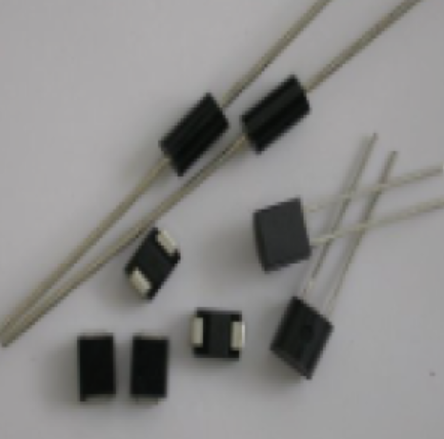Date:2025-07-16 Categories:Product knowledge Hits:304 From:Guangdong Youfeng Microelectronics Co., Ltd
Detection method for bidirectional trigger diode transition voltage
The transition voltage of a bidirectional trigger diode is one of its important parameters, which usually requires precise measurement. Here are several common detection methods:
1. DC voltage testing method: Connect an adjustable DC power supply to both ends of a bidirectional trigger diode and connect a current detection instrument (such as a milliampere meter) in series. Gradually increase the output voltage of the power supply until a sudden increase in current is observed, at which point the voltage is the transition voltage. This method is simple and intuitive, but may not be suitable for bidirectional trigger diodes with very low transition voltages.
2. AC bridge method: The use of AC bridge method can provide more accurate measurements. In this method, bidirectional trigger diodes are placed in a specific bridge circuit to balance the bridge by adjusting other components of the bridge. When the bridge is balanced, the AC voltage passing through the bridge is the transition voltage of the bidirectional trigger diode. The advantage of this method is that it can measure the transition voltage under AC conditions, which is closer to the actual working conditions of bidirectional trigger diodes.

Previous: Classification, Structure, and Principle of MOSFET
Next: Detection method for bidirectional trigger diode transition voltage 3